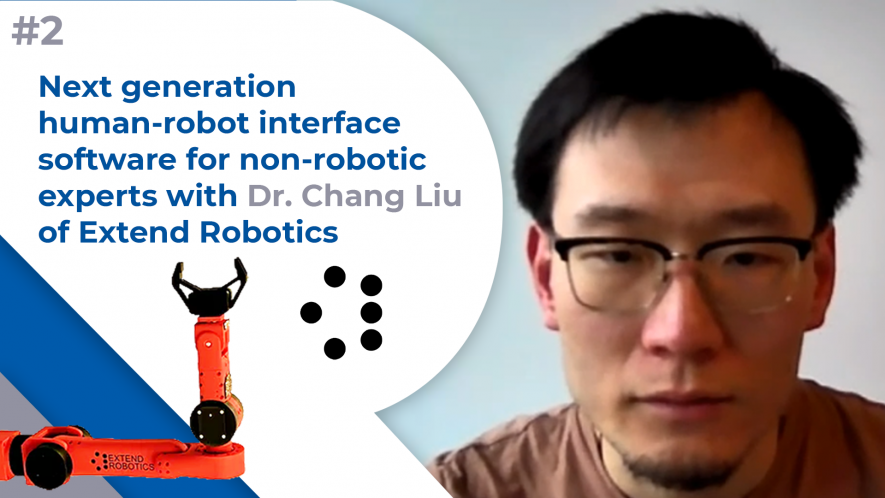Day: 16 March 2021
-

Extend Robotics interview with Dr. Chang Liu
Hi guys Philip English this from philipenglish.com. Welcome to the Robot Optimized Podcast where we talk about everything robotics related. For our next episode, we have Extend Robotics led by CEO Chang Liu who will talk about their leading technology on robotic arms. Philip English: You guys, uh, it’s uh, Philip English. Um, I am a robotics…